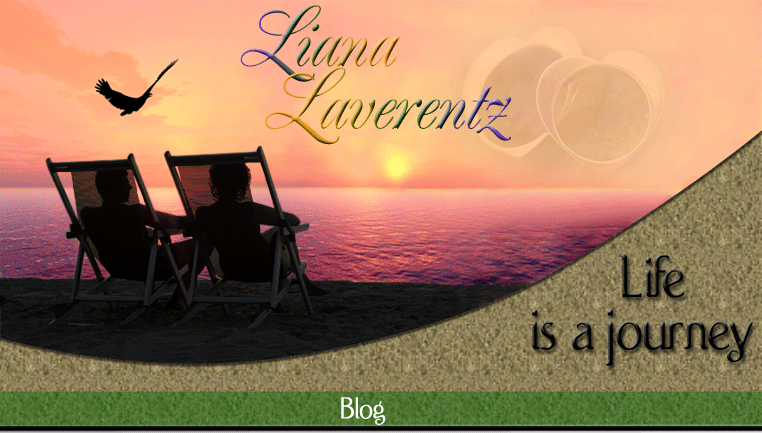It's Balance With Liana Day at The Bookspa. Today we're talking about meditation. Below is part of an article on the Mayo Clinic Website: I do all of the below, but the walking meditation has become my favorite. What's yours?
Everyday ways to practice meditation
Here are some ways you can practice meditation on your own, whenever you choose. Take a few minutes or as much time as you like.
Breathe deeply. This technique is good for beginners because breathing is a natural function. Focus all attention on your breathing. Concentrate on feeling and listening as you inhale and exhale through your nostrils. Breathe deeply and slowly. When you feel your attention wander, gently return your focus to your breathing.
Scan your body. When using this technique, focus attention on different parts of your body. Become aware of your body's various sensations, whether that's pain, tension, warmth or relaxation. Combine body scanning with breathing exercises and imagine breathing heat or relaxation into and out of different parts of your body.
Repeat a sacred name or phrase. A mantra is the name of a sacred deity or a sacred phrase that you repeat silently or aloud. You can create your own mantra. Mantras are the building blocks of transcendental meditation. Examples of religious mantras include a Jesus prayer in the Christian tradition, the holy name of God in Judaism, or the Om mantra of Hinduism, Buddhism and other Eastern religions.
Walking meditation. Combining a walk with meditation is an efficient and healthy way to relax. You can use this technique anywhere you're walking — in a tranquil forest, on a city sidewalk or at the mall. When you use this method, slow down the pace of walking so that you can focus on each movement of your legs or feet. Don't focus on a particular destination. Concentrate on your legs and feet, repeating action words in your mind such as lifting, moving and placing as you lift each foot, move your leg forward and place your foot on the ground.
Engage in prayer. Prayer is the best known and most widely practiced example of meditation. Spoken and written prayers are found in most faith traditions. You can pray using your own words or read prayers written by others. Check the self-help or 12-step-recovery section of your local bookstore for examples. Talk with your rabbi, priest, pastor or other spiritual leader about resources.
Read or listen and take time to reflect. Many people report that they benefit from reading poems or sacred texts silently or aloud, and taking a few moments to quietly reflect on the meaning that the words bring to mind. You can listen to sacred music, spoken words or any music you find relaxing or inspiring. You may want to write your reflections in a journal or discuss them with a friend or spiritual leader.
Focus your love and gratitude. In this type of meditation, you focus your attention on a sacred object or being, weaving feelings of love and gratitude into your thoughts. You can also close your eyes and use your imagination or gaze at representations of the object.
Tuesday, March 10, 2009
Subscribe to:
Post Comments (Atom)



.jpg)




No comments:
Post a Comment